Can yoga help us manage our emotions?
4I recently read an article about some major employers closing down their operations for weeks at a time to make sure that all their employees could get a break. The general feeling that I got from the article is similar to the impression I am getting from folks around me – many of us are very, very tired. This is not a surprise, following such a turbulent year and a half. In addition to tiredness, we might experience a myriad of conflicting emotions. I thought it would be a good time to revisit some of the articles I had written in the past about emotions. Where do emotions come from? Does our environment affect our emotions, or do our emotions color our environment? Do we control them or do they control us? Is there anything we can do in our yoga practice to manage our emotions? Below is a collection of articles that explores these subjects and demonstrates how they can apply to our yoga practice. Hope you find something useful for yourself right now!
Sequence Wiz blog posts on how emotions are made and how they color our worldview
Traditional yogic texts do not talk specifically about emotions, but rather about fluctuations of the mind that arise in response to sensory objects. An image from the Katha Upanishad depicts the body as a chariot with horses as senses, reins as the mind and charioteer as the higher intellect. It illustrates a deep connection between the senses, the mind and the intellect that is important for understanding the nature of emotions. Read more >
Are emotions universal? Do they show up in the same way for everyone?
Studies show that facial expressions showing emotions are universal – they are expressed and recognized universally around the world. However, we do not perceive facial expressions in isolation, but in context. Our perception is also impacted by what we expect the emotion to be. And, of course it is dependent on our own experiences of that emotion in the past, the range of expressions that we identify with that emotion, and many other factors. Read more >
 The power of perception: How your brain constructs the environment in which you live
The power of perception: How your brain constructs the environment in which you live
Every waking moment your brain decides what is important to your survival and your physiological balance and selectively lets that information through. Here is a curious thing – to your brain there is very little difference between what it perceives from the outside world (via the senses) and what it perceives inside your body (via interoception). This means that your brain first takes into account what’s going on inside of you and only then creates the model of the world around you through the lens of your inner state. Read more >
Sensation granularity: How your mind interprets your inner state
Sensation granularity helps your brain distinguish between different sensations better and provide more accurate explanations for what’s going on. Since the main goal of yoga is to decrease the turbulent activity of the mind, increasing sensation granularity is essential to explaining and regulating our mental-emotional states. That is why we always try to cultivate body – energy – mind awareness in yoga. This is why we take time to assess our inner state at the beginning of the practice, notice how everything we do in yoga affects our interoceptive sensations, and what kind of change we experience at the end. Read more >
How to get out of the bubble of your preconceived notions
Your brain has preconceived notions for all objects and sensations that you’ve ever experienced. It tries to anticipate your sensations and surroundings so that you could respond to them quickly. “Through prediction, your brain constructs the world you experience. It combines bits and pieces of your past and estimates how likely each bit applies in your current situation.” Sometimes it serves us well and other times it keeps us in the bubble. How can we get out of the bubble? Read more >
Application in our yoga practice
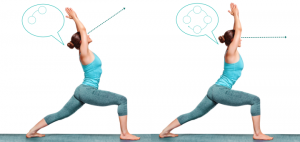 Predictions: How your yoga students’ brains respond to your class instructions
Predictions: How your yoga students’ brains respond to your class instructions
Our brains like to predict what’s coming next. In a yoga class those predictions either enhance your experience, or get in the way. When you have to repeat the same instructions several times and students keep ignoring it, most times this happens not because of ill will on the part of the student, but because they simply do not hear you, as their brains are choosing to use its own predictions to override the sensory input. Read more >
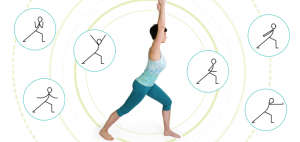 How to challenge your brain’s predictions for better focus
How to challenge your brain’s predictions for better focus
Once the students become comfortable with the teacher’s style and cues, they are more likely to go on autopilot and just breeze through the class on their predictions, while thinking about something totally unrelated. Yet one of the main goals of practicing yoga is to train our ability to maintain attention. So here are some simple things we can do to challenge students’ predictions (without irritating them :). Read more >
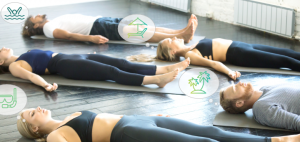 How to improve your students’ experience with yoga visualizations
How to improve your students’ experience with yoga visualizations
The entire technique of visualization is based on your brain’s ability to pull up images tightly intertwined with your emotional-physiological responses to those images. But, of course, the tricky thing is that when you guide your students in yoga visualizations, you never know what kind of associations your students will have with those images. Read more >
Sample yoga practices
 |
 |
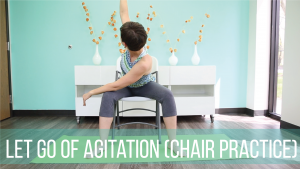 |
[jetpack_subscription_form]

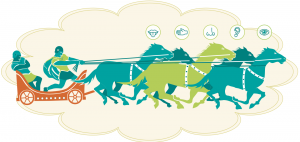
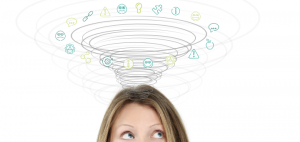


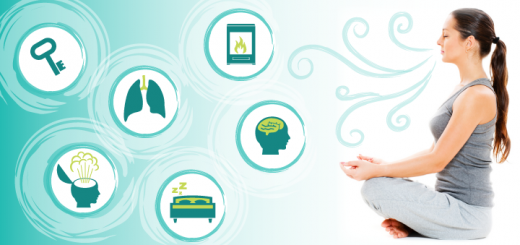

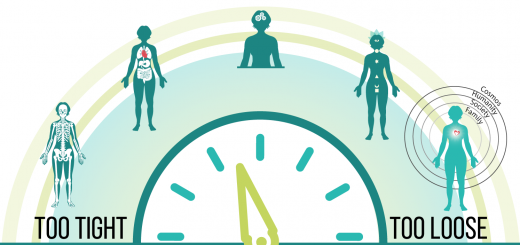
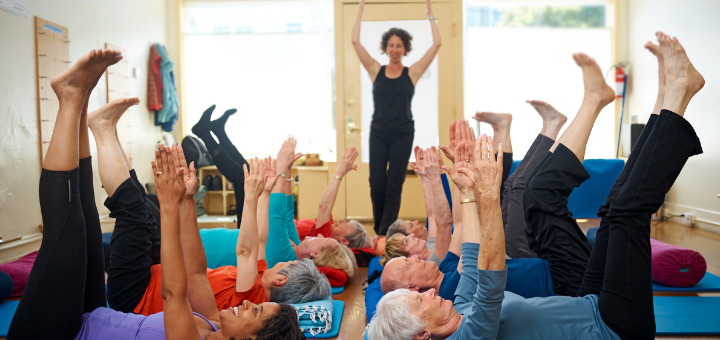















Oh my goodness Olga. Your articles are always on pointe and immediately applicable. Thank YOU! ~Ann
Sure thing Ann! So happy to hear that you find them useful!
Olga this article totally speaks to me and how tired I too feel after this long year and a half. So much food for thought in these articles and practice suggestions. Will explore this and share with my students. Thank you so much for sharing – as always a very valued support.
Thank you Kathryn 🙂